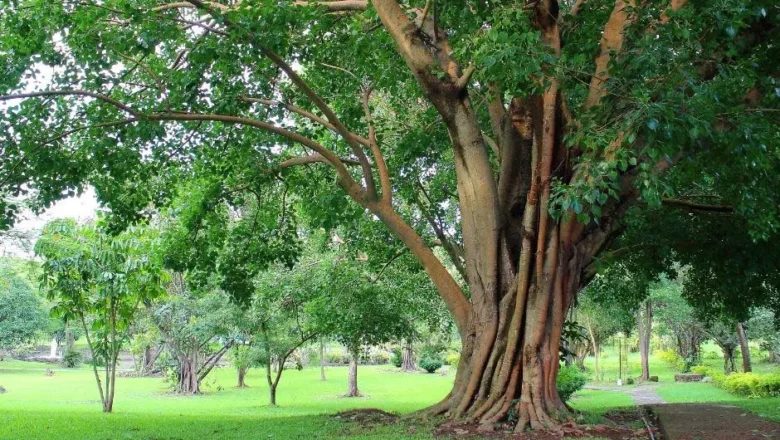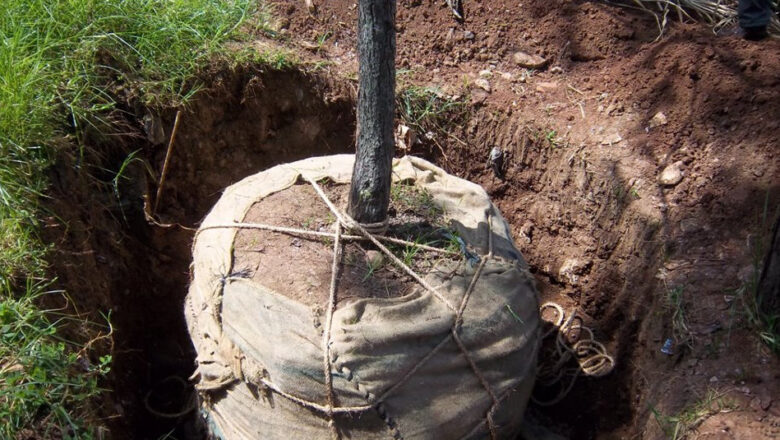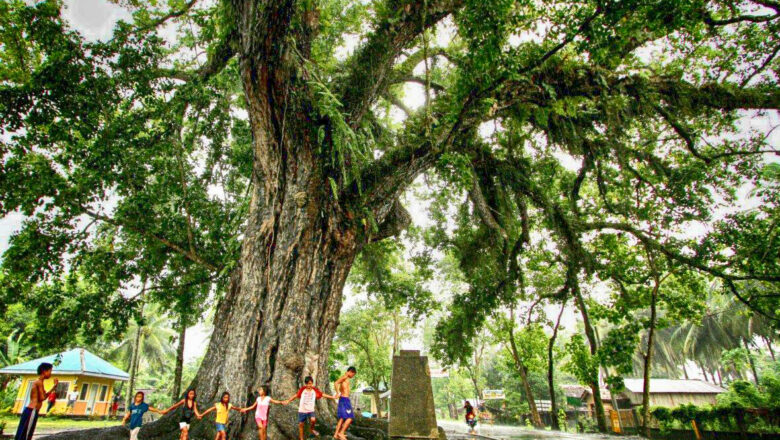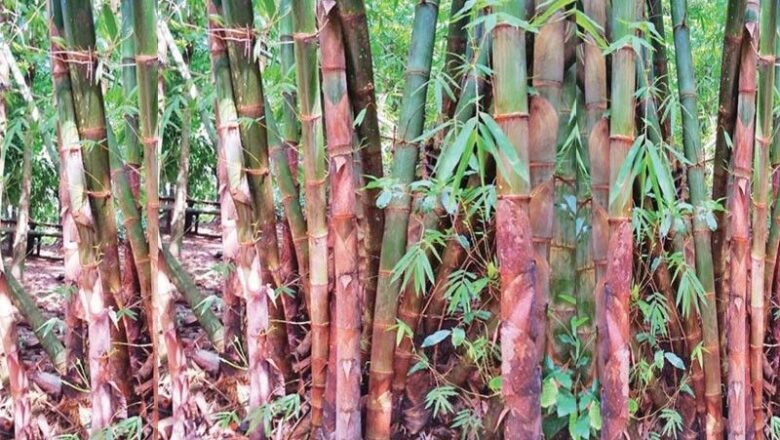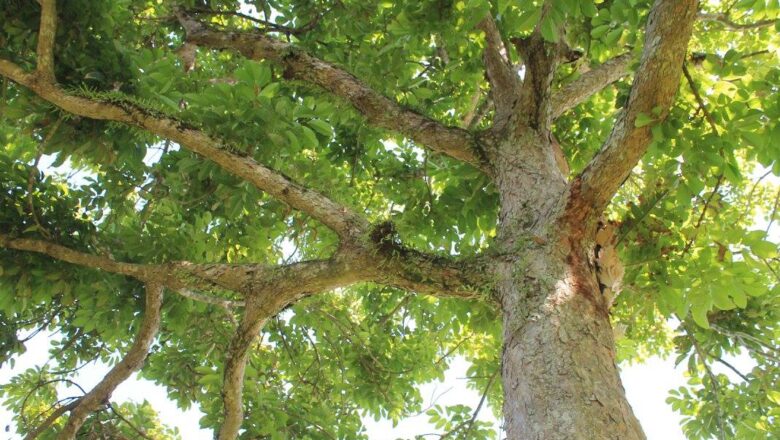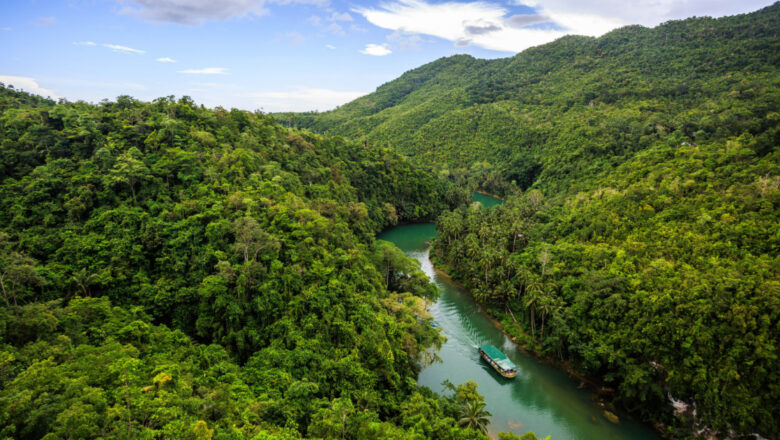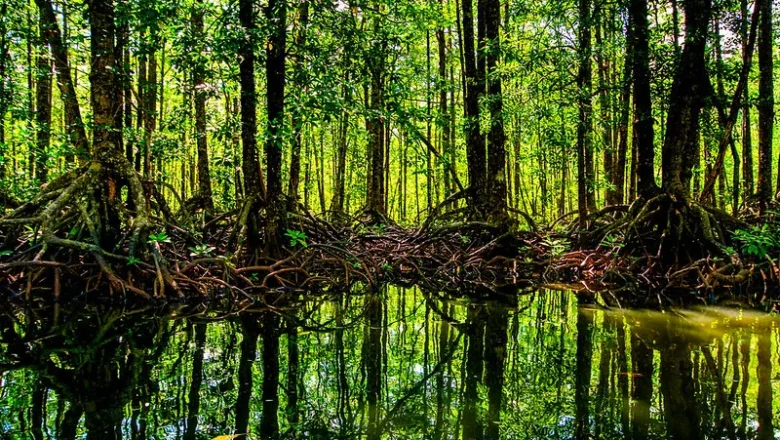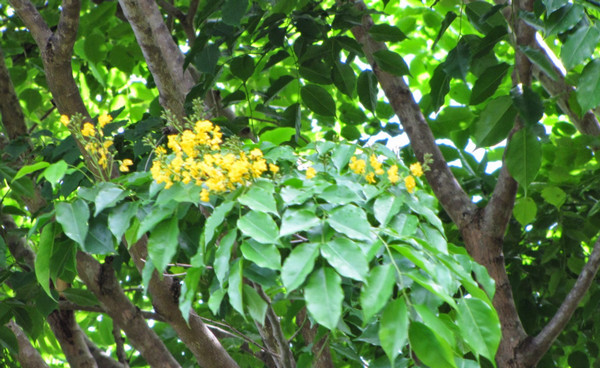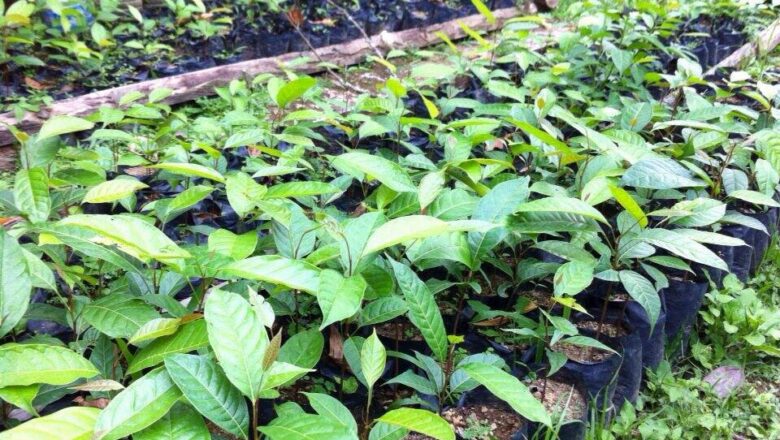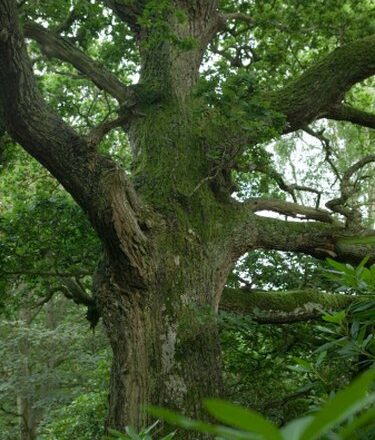
Mangkono Tree: The Ironwood of the Philippines
One of the Philippines' most incredible natural resources is the Mangkono tree, also known as "The Iron Wood Tree." This unique and valuable tree is a true gem of the Philippines, particularly in regions like Surigao del Sur, Agusan del Sur, Palawan, Samar, and Dinagat Island. The Mangkono tree (sometimes called Magkono), scientifically known as Xanthostemon verdugonianus, holds several lesser-known facts that make it a true natural wonder deserving of our attention.
Tall and Skinny, Yet Incredibly Durable
At first glance, the Mangkono tree might seem unimposing due to its relatively small to medium size, with a diameter of about 20-36 inches and a height of 30-40 feet. However, don't be deceived by its slender appearance. The Mangkono tree boasts a hard, thin, and smooth bark, contr...

